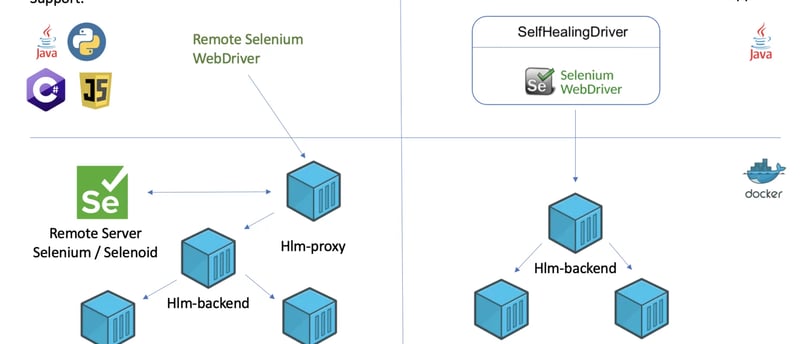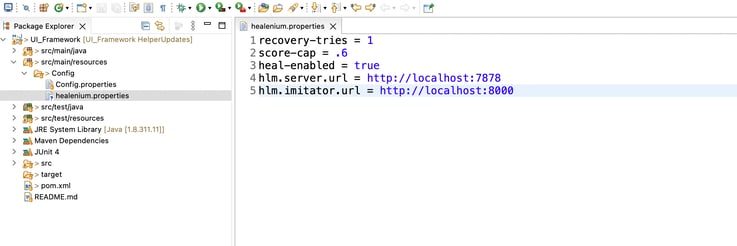Exciting Breakthrough in AI-Powered Test Automation! 🚀🤖
Discover how Healenium is revolutionizing Selenium test automation with its cutting-edge auto-healing capabilities. Say goodbye to the hassle of frequent maintenance and hello to efficiency! Our latest blog post dives deep into how artificial intelligence not only simplifies but also enhances the accuracy of your testing processes, ensuring more robust software solutions with less effort. Stay ahead in the tech game with AI-driven innovations that promise to transform the landscape of test automation. 🔍📈💡 #AI #TestAutomation #Healenium #TechnologyInnovation
Preeti Tripathy
5/24/20242 min read


Why Healenium:
Imagine a high-stakes scenario in a critical CI/CD environment where every second counts. The development team pushes a new change request, leading to modifications in the Document Object Model (DOM) and UI locators. Suddenly, automated tests that previously ran flawlessly begin to fail, not because of functional issues, but due to these unforeseen changes. The entire release process is at risk, potentially causing delays and impacting the automation regression testing.
Healnium addresses this exact predicament by intelligently adapting to changes in the DOM and UI locators.
Healenium Architecture:
Healenium saves a successful locator in storage to use as a baseline for subsequent test executions. In the event of a UI change and an element locator alteration, Healenium encounters the NoSuchElement exception, activates the LSC algorithm, processes the current page state, retrieves the previous successful locator path, and compares them to generate a list of healed locators. It then selects the locator with the highest score and performs the necessary action. After the test execution, Healenium generates a comprehensive report detailing the healed locator, including a screenshot and a feedback button to assess the healing success.
Healenium can be used with:
findElement/findElements methods
using under parent element: parent.findElements()
@FindBy and PageFactory
using semantic locators like Id, Name, ClassName, LinkText, PartialLinkText, TagName
There are two approaches for using Healenium:
Healenium-Proxy
Healenium-Proxy is a platform-agnostic solution, ensuring compatibility across different programming languages. This approach entails running a standalone proxy server that operates between the test runner (Selenium server) and the web application under test.
Healenium-Proxy with Dockerfollow https://healenium.io/docs/download_and_install/hlm_proxy_docker
Healenium-Proxy without Docker
Follow https://healenium.io/docs/download_and_install/hlm_proxy
Healenium-Web
Healenium-Web involves integrating Healenium directly into the test code of a Java application. This approach is exclusively compatible with Java applications. By incorporating the Healenium-Web dependency, users need to create a WebDriver and wrap it with SelfHealingDriver.
Healenium-Web with Docker
https://healenium.io/docs/download_and_install/hlm_web_docker
Healenium-Web without Docker
https://healenium.io/docs/download_and_install/hlm_web
Lets us understand how to use Healenium-Web without Docker
Add Healenium dependency in the pom.xml file
<dependency>
<groupId>com.epam.healenium</groupId>
<artifactId>healenium-web</artifactId>
<version>3.5.1</version>
</dependency>
Add healenium.properties to ur resources

